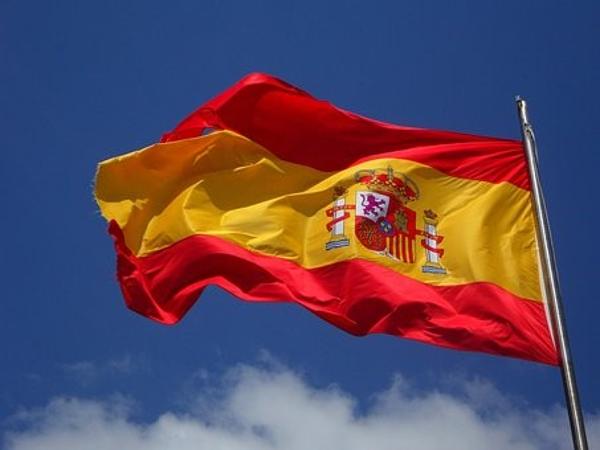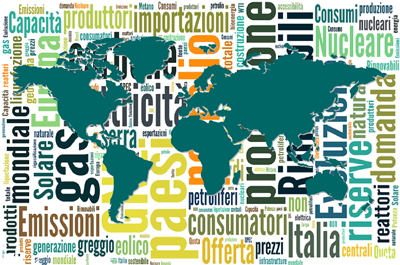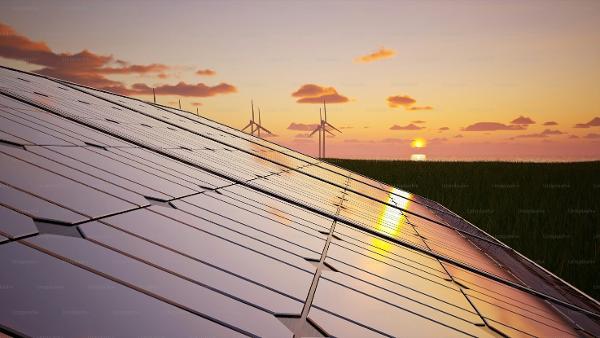In June 2022, the Spanish government (along with that of Portugal) introduced a cap on the price of gas that enters the generation of electricity. The measure was taken after a long period of negotiations with the European Commission, since it represented an exception vis-à-vis the internal market, thereby requiring prior agreement within the EU.
The cap is justified on the grounds that, before the reform, gas prices were the main driver of overall electricity prices, even though the commodity represented only 17% of the total electricity supply. This is the result of the “marginalist” nature of European power markets, whereby the last unit that enters the system (by definition the most expensive) determines the final price which is applied to all other sources of energy. It is a fact that the abrupt increase in gas prices recorded since the Spring of 2021 had fuelled an unprecedented process of electricity inflation, even though the cost of the electricity produced by other sources such as solar, wind, hydropower and nuclear, had remained essentially unaltered.
The purpose of the reform has been twofold. First, it aims at limiting the price of gas which is used to generate electricity to 40€ per MWh during the first few months, rising gradually until 70€ by the end of May 2023, which is when the measure is supposed to be phased out. Second, the reform spreads the cost of the difference between the capped price and the market price among Spanish consumers. Some of the electricity produced is exported to France and Portugal, which also entails a cost that has to be borne by the Spanish consumers (this quasi-subsidy borne by Spain was a key condition imposed by the Commission in order to agree on the cap). Despite the double compensation, the measure still implies a major reduction in the cost for consumers. This is so due to the small share of gas in total electricity supply, but also because of the limited volume of energy trade with neighbouring countries.
Altogether, it is estimated that the gas cap has helped reduce the electricity bill for Spanish consumers by between 15% and 25%, depending on the estimates. Obviously, the benefit of the measure varies on a daily basis: the lower of the share of gas used in electricity generation in any given day (which can happen for instance in the event of a windy weather), the greater the discount associated with the cap.
The reform has also contributed to curb headline inflation. The consumer price index was running at double digit rates until the Summer, largely as a result of the impact of gas costs on electricity prices, thereby affecting enterprise profit margins, eroding consumers’ purchasing power and fuelling social discontent. Since then, headline inflation has been cut spectacularly to less than 6%, which is the best result in the EU, largely because of a fall in electricity prices which has been more pronounced than elsewhere in Europe. Another advantage of the price cap is that the compensation mechanism is borne directly by consumers and is thus cheaper to the public purse compared with alternatives interventions. It is also a relatively effective way of reducing windfall profits of energy companies, without having recourse to the tax system.
Despite these important gains, the cap has important limitations. First, it reduces the incentive to reduce energy demand and is moreover untargeted. Second, the cap makes investment in renewable energy less attractive than in a pure marginalist system. Third, such a system makes less sense in countries such as Germany where gas is the predominant source of electricity generation, or in regions which are much more strongly interconnected with the European energy grid than in the case with Spain.
The overall assessment is that the Iberian price cap has helped attenuate inflationary pressures, thus proving useful in cushioning the impact of the energy shock on the economy and society. It is however unclear whether the system can serve as a permanent solution in the event of a persistent shock, unless incentives to energy saving and to investment in a new energy model are somehow incorporated. These additional design features should hopefully be considered as part of the ongoing negotiations regarding the extension of the mechanism.




















